Looking to get started with oil painting but not sure what you need? Here is the basic oil painting supply list to get you started.
Links are provided below to Dick Blick or Amazon in case you wish to make any purchases. These are affiliate links, so I will receive a small commission at no additional cost to you. These funds are used to help spread art education to people around the world.
- 1. Oil Paint
- 2. Paint Solvent
- 3. Linseed Oil
- 4. Paint Brushes
- 5. Palette Knives
- 6. Canvas
- 7. Easel
- 8. Palette
- 9. Oil Paint Cleaner
- 10. Oil Painting Accessories
- Thanks for Reading!
1. Oil Paint
There are many different types and brands of oil paints available. You can not go wrong with any of the major brands, as long as you go with the artist quality paints. Student quality paints have noticeably poorer performance.
Here is a versatile starter palette for oil painting:
- Cardinal red
- Yellow Ochre
- Cardinal Yellow
- Viridian Green
- Alizarin Crimson (Red)
- Burnt Umber
- Titanium White
- Ivory Black
Now if you are just starting out I would suggest you just save yourself some effort and purchase a starter kit. These will have all the colors you need when starting. You cannot go wrong as long as you have at least a red, yellow, blue (the primary colors) and white.
Some popular oil painting starter kits can be purchased from Amazon below: 
Gamblin Artist Oil Colors Introductory Set
2. Paint Solvent
Paint solvent is used to break down the oil in your paint. The solvent will help:
- Increase the fluidity of your paint
- Dilute the paint, making it great for thin washes
- Speed up the drying time of your oil paint dramatically
There are many different types of solvents available, but if you are just starting out I would recommend an odorless solvent. Other alternatives like turpentine may be more powerful but they are extremely strong on the senses.
3. Linseed Oil
Your oil paint already has oil in it, but you can add additional oil to change the consistency of your paint.
There are many different types of drying oils to use in oil painting, but linseed is easily the most popular.
Oil medium is the counter to paint thinner. It is used to fatten up your paint and will:
- Increase the fluidity of your paint.
- Slow the drying time.
- Increase the transparency of your paint, making it perfect for glazing.
Oil painting involves a steady balance between the amount of oil and solvent that you use.
The general rule is to start your oil painting with lots of solvent using thin washes, then progressively adding more oil to the mix. The last strokes on your painting should be the fattiest (oiliest).
4. Paint Brushes
You actually do not need that many paintbrushes, contrary to what many beginners think.
I would prefer a small set of high-quality paint brushes over a huge range of average paint brushes any day.
When starting out, I recommend you purchase the following oil paint brushes with hog bristle or any other firm bristled paint brush (when you are buying paint brushes, it will usually be specified on the packaging if the brushes are suited to oil painting):
- A medium sized fan brush.
- One large flat brush (this is for quickly and efficiently covering your canvas when needed).
- A few small to medium filbert brushes.
- A few small to medium flat brushes.
- One medium sized round brush.
There is no universal sizing standard for paint brushes, so I cannot provide absolute sizes as each brand is different.
Again, the easiest option for you beginners is just to purchase a starter set like the one below:
5. Palette Knives
You need palette knives not just for mixing your paints on your palette, but also for applying beautiful textured strokes of paint on your canvas. The palette knife can create effects which you are not able to achieve with the paint brush.
You want your palette knives to be firm yet flexible.
6. Canvas
You can paint on many surfaces, but canvas is the most common and suitable surface for oil painting.
When you are starting out, I find canvas boards to be very economical. They are basically canvas stretched over sturdy cardboard. They do not have great archival quality as they tend to bend if not framed, but they are very cheap and do not take up much space.
The other option for your more serious paintings are stretched canvas panels:
7. Easel
You could paint without an easel, but I would not recommend it. An easel allows you the freedom to move around your painting and paint with good posture.
If you are painting on a flat surface, your posture is broken and this will hamper your painting ability.
There are many different types of easels available, each with different pros and cons. This post will help you determine what easel is for you:
8. Palette
You need a palette to hold and mix your colors. I am a big fan of disposable palettes due to the ease of cleaning up.
9. Oil Paint Cleaner
The main hassle with oil painting is cleaning your brushes. This stuff will make your life much easier:
10. Oil Painting Accessories
Here are some other accessories which you may find useful in oil painting:
- Paper towels (for wiping any excess paint from your brushes and general cleaning).
- Jars to hold your solvent and oil medium. I personally just use old mugs.
- A charcoal pencil (just a generally useful tool to have).
- Comfortable old clothes.
Thanks for Reading!
Thanks for taking the time to read this post. I appreciate it! Feel free to share with friends. If you want more painting tips, check out my Painting Academy course.
Happy painting!

Dan Scott
Draw Paint Academy











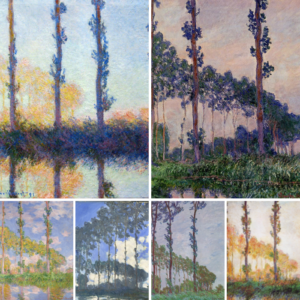
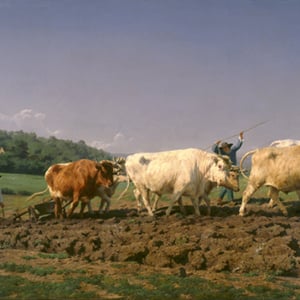
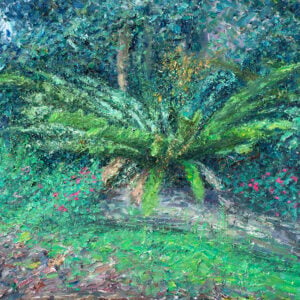
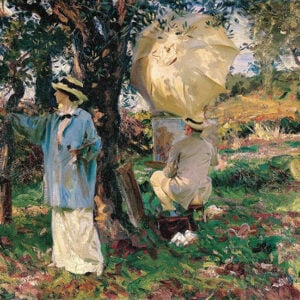
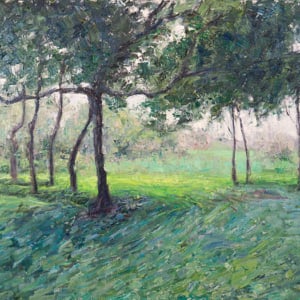
Dan,
Thank you for the very informative posts. I’m just beginning to draw and have worked a little with pastels. I found it interesting that you excluded pastels from your list. Oils are next on my agenda so I found your information extremely helpful.
My concern is disposal of solvents. What do you do with this and can solvents be used over and over? Is spontaneous combustion an
issue with the paper towels and linseed oil. I know from experience that rags and linseed oil are a deadly combination.
Your comments about being born with talent hit home, something I needed to hear (read). Just assume you have it and start painting.
Thank you,
Shianne DeTamble
It’s an oil painting supply list… why are you surprised it’s about oil painting? Wtf
Thank you for the great suggestions, I just started oil painting. I still don’t know how to use the linseed oil, it sometimes turns sticky or takes a long while to dry. I was also wondering if you have any suggestions to keep the painting space organized. Great beginners guide!
I’ve studied art for decades, went to college in the 70’s. My instructors just walked around the studio and offered comments like “that’s interesting” or “avoid getting muddy’” but I had no idea what they meant. So I’m learning a lot from you. I had given up painting because I didn’t know even the basics. I have always loved drawing with graphite because of the value control. Thanks to you and Bob Ross videos I feel like I know enough not to just flounder. My question is what is Bobs “magic white”? I want to paint loose. I have always done stuff that is tight, tedious, and overworked. I wAnt to learn to loosen up and do value studies of landscapes and seascapes.
Great article, and it’s informative. It’s also the best thing to read for beginners like me! Thank you. : -)
Thanks ,it’s a great article and really useful. Appreciate if you could do a small article on how to mix linseed oil and solvent and their percentage for subsequent layers in the oil painting
I attended the High School of Art and Design in New York, and graduated in 71. I entered the art field upon graduation and found you have to pay years of dues before being recognized. I gave it up. Now retired I plan to get back on the horse, and get back to my passion of painting. I will not give up on what brings me joy again.